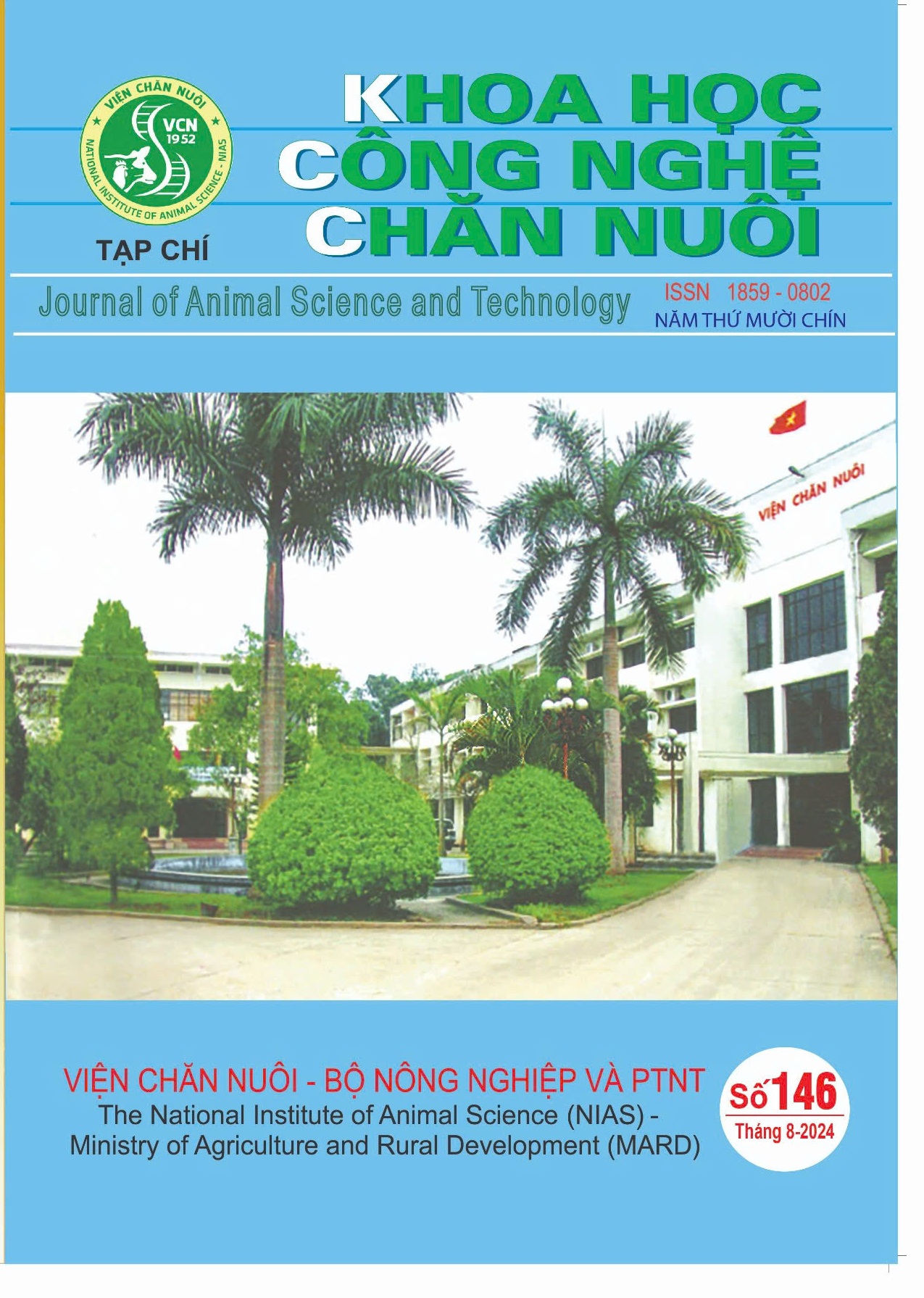Application of artificial intelligence technology in livestock farm management
This review was conducted to demonstrate how artificial intelligence (AI) has affected livestock farming. Livestock is essential for maintaining ecological integrity and providing food security. In this review, the history of artificial intelligence (AI), its impact on current and future livestock farming, and its drawbacks have been highlighted. The term “artificial intelligence” was first coined by John McCarthy in 1956, and currently, the technology is widely applied in the management of many livestock farms like poultry, dairy, and pigs. Although it has been studied for decades and widely applied, AI is still one of the least understood subfields. Artificial intelligence provides farmers with unrivalled support, enabling them to minimize resource use, improve the sustainability of their feeding patterns, and increase farm productivity in general, especially when it comes to reducing the carbon footprint. AI is a blessing for boosting efficiency and productivity while also lowering the possibility of human error. Producers can use artificial intelligence to simulate human decision-making and provide interpretations and solutions for the data gathered by sensors and other hardware technologies. Through AI tools, it is possible to easily trace animal activities and locations and collect data about behaviors, habitats, and health conditions. Animal identification, animal welfare monitoring, sex determination, vaccine delivery, and pasture evaluation are some areas where AI has been widely applied so far. Drones, robots, and blockchains are some forms of automation that have been widely used in dairy farms. However, the expense of development, which needs more infrastructure on the farm, and the potential for automation to replace them are the limitations of the technology.

